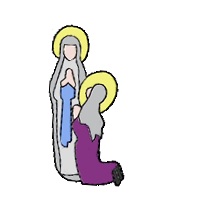Curriculum
This curriculum section of our website contains a wealth of documentation and information to keep you up to date and informed about how we plan and implement our curriculum for all year groups as well as the additional opportunities we provide for all pupils.
Curriculum Rationale provides an overview of why we designed our curriculum in the way we have and how we implement it in practise and how we measure the impact of our curriculum design.
Long Term Overviews provide overviews of which topics / units of work we will teach in each year group and in each subject. Some topics are informed by national curriculum and other topics have been chosen due to our school context and / or local and global issues.
Subject Specific Overviews provide more detail about subject specific themes, objectives and progression across each key stage as well as tier 2 and tier 3 vocabulary to be taught as part of each topic.
Knowledge Organisers provide detailed summaries of the key knowledge, including tier 3 vocabulary, that children will learn in each topic. KO are used to help children revise and revisit key knowledge throughout the unit of work and are key tools for parents to understand the expected learning that will take pace in each topic.
Reading and Phonics provides a general overview on how we teach phonics and reading across all key stages. More detail around objectives and expectations can be found in our English subject specific overview.
Maths provides a general overview on our approaches to teaching maths across all key stages. More detail around objectives and expectations can be found in our Maths subject specific overview.
Extra Curricular opportunities details the wide range of clubs we offer to all pupils across school each term. Details are sent out prior to the start of each new term so that parents can book places for their children.
Educational Visits gives a brief summary of the educational visits planned for each key stage to compliment and enhance their learning across the year. Parents will receive further information prior to each educational visit.
British Values outlines the fundamental British Values and how we embed them within our curriculum.
Wider Opportunities demonstrates further opportunities for pupils to join a number of clubs which promote all pupils to make a positive contribution to their immediate, wider and global environment
School Values & Jelly Beans are integral to our whole school behaviour system. This section of our website outlines the values of our school and how we promote and celebrate examples of: kindness, compassion, stewardship, humility, courage and justice.
